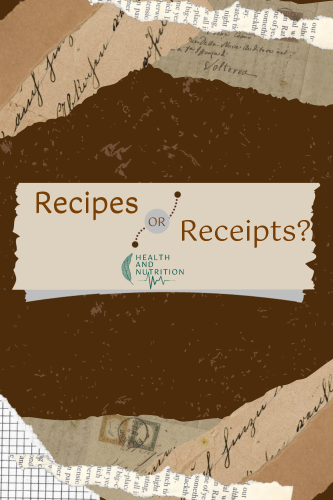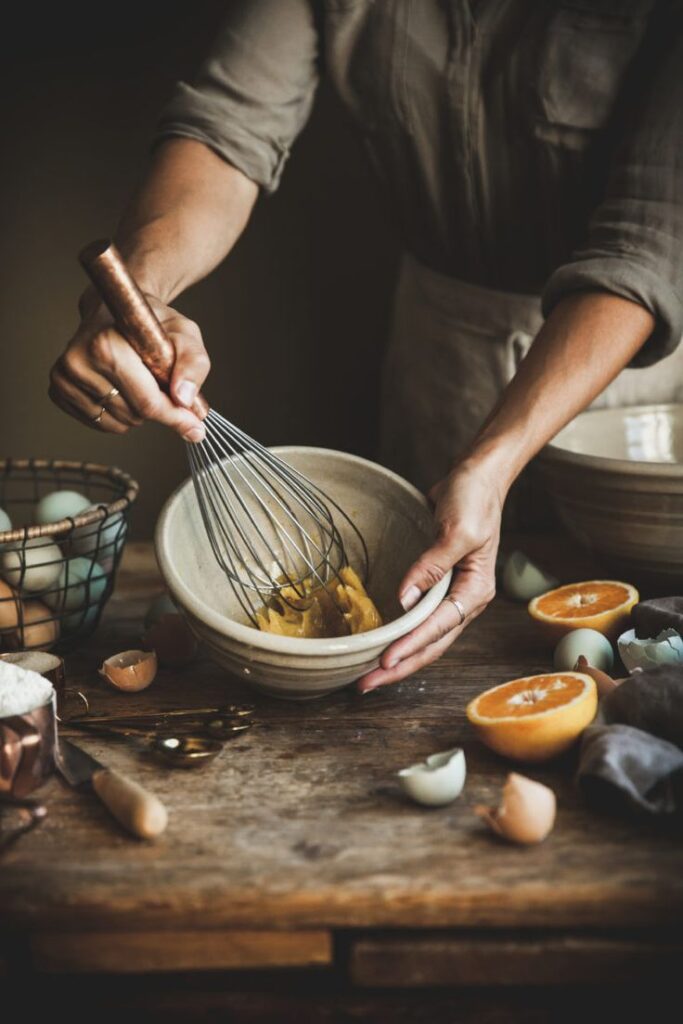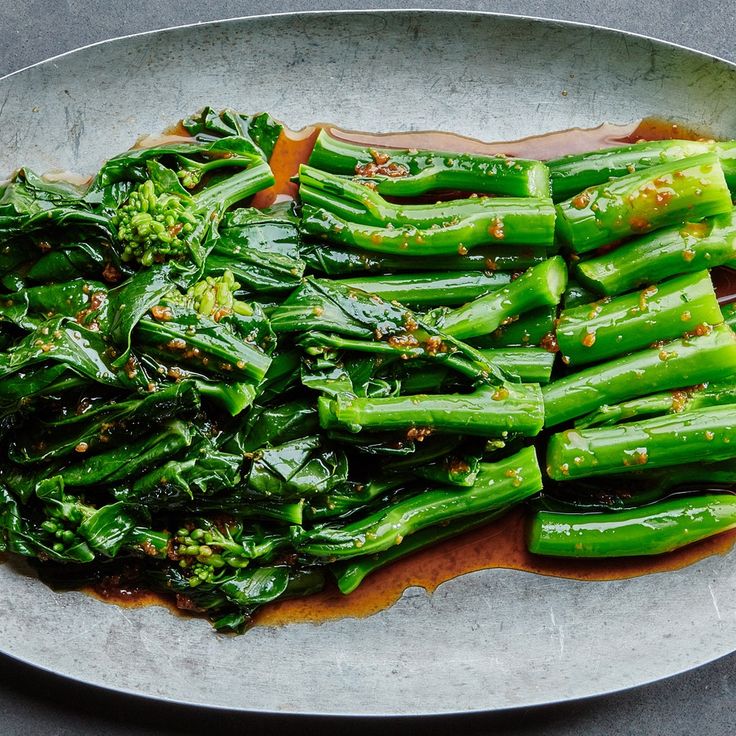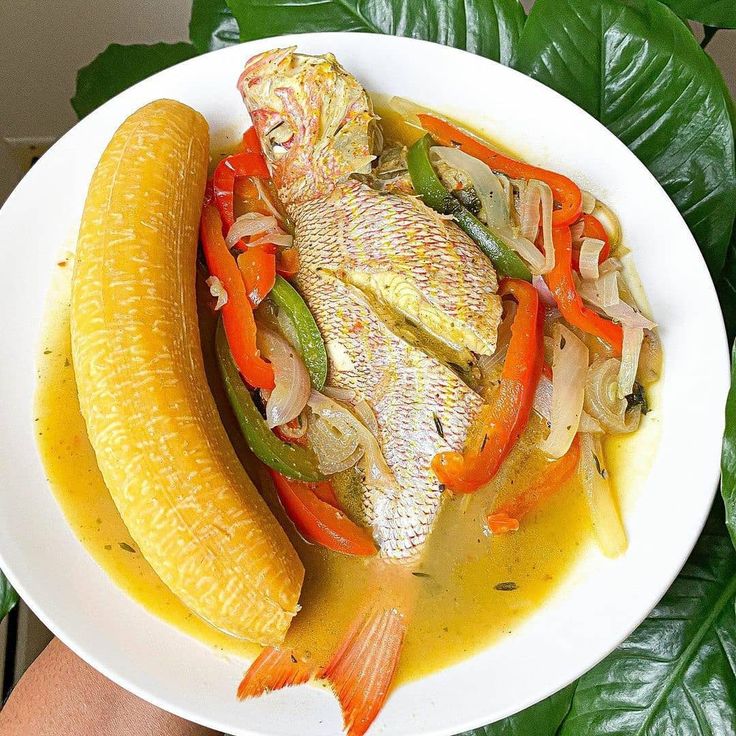Interpreting the Culinary Lexicon: An exploration of the evolution of “Receipts” in traditional recipes

Overview of Why are old recipes called receipts?
Lets dig deep in Why are old recipes called receipts?. The phrases “recipe” and “receipt” are now frequently used interchangeably in the culinary arts to refer to a set of directions for making a dish. But exploring the linguistic background of these terms tells a fascinating story of how cuisine has changed over time and how language usage has changed too.
Comparable Etymologies: A linguistic journey

We can trace the etymological roots of the words “recipe” and “receipt” back to the Latin verb “recipere” which means “to receive” or “to take.” This same root suggests that both phrases have the same fundamental function which is to give directions for making or getting something.
“Receipts” as Historical Models for Culinary Practice: A Look Back

The word “recipe” was not as widespread when culinary habits were first recorded. This may be observed in many medieval cookbooks and kitchen journals, where “recipes” refer to precise instructions for preparing delectable meals, crafting household goods and formulating medicinal remedies.
Often written in a more literary style these early “receipts” included personal touches and anecdotal descriptions in addition to exact measurements and techniques, they preserved the rich tapestry of culinary traditions and acted as invaluable archives of culinary knowledge that had been passed down over the years.
The Growing “Recipe” Movement and the Changing Culinary Scene

The favored term for cooking instructions has been “recipe” which has increasingly replaced “receipt” in culinary discourse. This change in use followed the development of cooking methods which saw a rise in complexity and refinement in food as well as a focus on exact measures and methods.
An increasingly regimented and prescriptive approach to recipe writing resulted from the establishment of standardized culinary techniques and the growing influence of professional chefs. “Recipes” evolved into more structured documents with detailed ingredient lists, easy to follow directions and accurate measurements in order to serve a larger audience and promote the sharing of culinary expertise.
Language Related Factors Fueling the Transition: A Conjectural Examination

The term “recipe” became more popular than “receipt” in culinary contexts for a variety of reasons. Its possible that people thought of “recipe” as a more exact and sophisticated phrase that fit the ever intricate culinary techniques. The fact that it is linked to conventional cooking techniques and professional chefs may have increased its perceived legitimacy and authority.
Furthermore, the growing standardization of culinary techniques might have contributed to the inclination toward a more standardized term such as “recipe”. A common vocabulary was required as culinary expertise spread and became more accessible to guarantee uniformity and clarity among various culinary traditions and geographical areas.
“Receipt” Surviving in Health Environments: A Legacy Maintained

The word “receipt” was still used in medical situations even though it eventually lost popularity in culinary circles. Prescriptions, pharmaceutical formulations and treatment administration instructions all continued to be referred to by this title. The fact that this term is still being used shows how “receipt” has always been associated with the exact instructions needed for medical procedures and treatments.
Within the medical domain, the term “receipt” retained its meaning of exactitude and precision, underscoring the significance of closely adhering to guidelines to ensure the secure and efficient dispensing of medications and therapies.
Spoken Language Variations: An Intriguing Example of Reverse Evolution
In an odd linguistic turn of events the word “recipe” briefly reappeared in 18th century culinary circles. This comeback might have resulted from a desire to maintain the historical context of recipes as well as a rebirth of interest in conventional cooking techniques.
“Receipts” was the chosen name for cooking instructions in many historical cookbooks and culinary manuscripts that culinary historians and aficionados came across in their quest to revive and document traditional culinary traditions. The phrase may have briefly returned as a result of this exposure, indicating a deliberate attempt to maintain the language legacy of culinary customs.
“Receipt” of Today: A Gastronomic Curiosity or a Relic of the Past?
“Receipt” is a term that is mostly found in antique cookbooks and very seldom used in culinary situations today. It does however remind us of the intriguing history of language and the development of culinary language.
The term “Receipt” has been gradually losing use in culinary discourse which is indicative of how food and culture are evolving. The necessity for a more formal exact term like “recipe” developed as culinary processes got more regulated and defined and as cuisine changed.
Final Thoughts of this article Why are old recipes called receipts?: A Gastronomic Linguistic Adventure
A fascinating picture of linguistic history and the dynamic nature of culinary terminology is painted by the similar etymologies of “recipe” and “receipt” their divergent paths in culinary usage and the brief resurrection of “recipe” in the 18th century.
These phrases serve as poignant reminders of the rich history and continuing legacy of culinary traditions as we continue to study the culinary arts, they draw attention to the fluid character of language and its complex connection to the constantly changing food landscape.
“Receipt” to “recipe” is a path that reflects the development of culinary arts from the unstructured and anecdotal narratives found in early cookbooks to the organized and exact directions found in contemporary recipes. The standardization of culinary techniques, the rise in influence of professional chefs and the complexity and refinement of cuisine are all reflected in this linguistic transition.
“Receipt” is becoming less and less common in cooking but its still an important artifact of culinary history carrying the language traces of earlier cooking customs. The fact that its still used in medical settings shows how accurate and precise are still valued in both the culinary and medical fields.
This article Why are old recipes called receipts? delves into the fascinating etymologies of “recipe” and “receipt” tracing their shared origins and exploring their divergent paths in culinary usage. It sheds light on the reasons behind the transition from “receipt” to “recipe” in the 18th century and highlights the enduring legacy of “receipt” in medical contexts.
YOU MAY ALSO LIKE THESE – THESE TOPICS ARE RELATED TO THE CURRENT TOPIC ABOUT “WHY ARE OLD RECIPES CALLED RECEIPTS?”
- What is considered a recipe? – Main
- Why is it called a recipe?
- What are the 7 common recipe categories?
If you still have any questions, feel free to mention us in the comments section or explore the FAQs section. OR You can also contact us on our Facebook Page
FAQs
What are some other interesting facts about the history of recipes?
Here are some additional tidbits about the history of recipes:
1. The earliest known cookbook dates back to Ancient Mesopotamia around 1700 BCE.
2. Early cookbooks were often handwritten and passed down through families.
3. The first printed cookbook “De Re Coquinaria” by Apicius was published in the 5th century CE.
4. Cookbooks played a significant role in the dissemination of culinary knowledge throughout history.
5. The rise of mass media such as cookbooks and cooking shows has transformed the way recipes are shared and accessed today.
Why are old recipes called receipts?
The words “recipe” and “receipt” share a common etymology, both tracing back to the Latin word “recipere” meaning “to receive” or “to take.” In the context of early cookbooks, the term “receipt” was used to refer to a set of instructions for preparing a particular dish similar to how we use the word “recipe” today.
When did the word “recipe” become more popular than “receipt” in culinary contexts?
In current article Why are old recipes called receipts? we discuss in depth about the transition from “receipt” to “recipe” in culinary contexts occurred gradually over time with the latter term gaining prominence in the 18th and 19th centuries. This shift can be attributed to several factors including the increasing standardization of culinary techniques, the rise of professional chefs and the growing complexity and refinement of cuisine.
Why is the word “receipt” still used in medical contexts?
The word “receipt” remains in use in medical contexts because it conveys a sense of precision and exactitude. Medical prescriptions, pharmaceutical formulations and treatment administration instructions all require careful attention to detail and the word “receipt” emphasizes the importance of following instructions accurately.
Are there any other interesting linguistic connections between “recipe” and “receipt” which is not cover in Why are old recipes called receipts?
Yes, there are a few additional linguistic connections between the two words. For instance the word “recipe” can also be used to refer to a formula or a set of instructions for accomplishing something other than cooking. Additionally the word “receipt” can be used to refer to a written record of a transaction such as a purchase or a payment.
What does the evolution of these two words tell us about the history of cooking?
The Why are old recipes called receipts? tells us about the changing usage of “recipe” and “receipt” reflects the evolving nature of culinary practices over time. The shift from “receipt” to “recipe” suggests a move towards greater standardization, precision and sophistication in cooking. It also highlights the growing influence of professional chefs and the increasing complexity of cuisine.






